Riyadh to host world’s biggest heritage festival
Wed 08 Feb 2017, 17:00:39
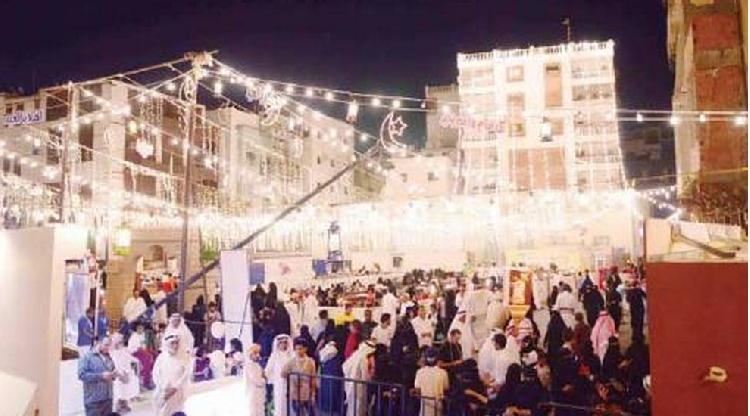
JEDDAH: Over 30,000 camels will participate in the prestigious Mazayen Al-Ibl heritage festival and camel beauty contest from March 19 - April 15 in Riyadh.
The festival attracts over 2 million attendees worldwide, including royalty, celebrities, designers and athletes. Organized and managed by the King Abdulaziz Darat academy, the event is held to respect the role of camels in Bedouin history and preserve the purebred Arabian camel strains.
While the car may have taken over as a form of transport, historically and to this day, families and tribes across the Arabian Peninsula treasure their special relationship with the camel.
Camels were a main source of transport, a sturdy worker, a provider of cool shade, a reliable source of milk, and eventually of food and leather.
Still recognized as essential to desert life, and a reflection of social standing and wealth, thousands of proud camel owners from throughout the Gulf travel annually in the hope of their camel shining at the festival.
Judging is done by a committee of selected Bedouin who are considered experts and fully immersed in the ways and culture of Bedouin life.
Camels are assessed in five categories according to breed and color. Beauty is assessed by the size of the head, whether the lips cover its teeth, the length of its neck, the roundness and height of its hump, the size of its eyes, how the long lashes are, how the nose droops, whether the ears stand back, and where the hump
sits.
sits.
This is the first year of e-registration for those looking to enter their camels into the competition, making registration easier across the region.
This has resulted in the camel stock market booming, and to a growth in interest in the festival, with over 75 percent of the participants not having entered before.
With 80 percent of competitors from Saudi Arabia’s Riyadh and Eastern provinces this year, 20 percent are from the wider region, including the United Arab Emirates (UAE), Qatar and Kuwait.
Following strict regulations, not all registered camels that were entered for the competition have been accepted, with only purebred camels allowed. And despite owners outside Saudi Arabia being able to enter the contest, the camel must be kept within the Kingdom.
Overseen by the Saudi Ministry of Environment, Water and Agriculture, teams of vets are enlisted to check the health of the camels, inserting a microchip into all those entering the festival to keep track of them throughout the competition and to collect data on camels from across the region.
The most popular breed to be entered for 2017 is Al-Maghateer, a dark yellowish to black camel typical to the region.
The festival will include other cultural activities and entertainment such as poetry, folk songs (shalat), feasts and camel auctions.
The aim of this annual event is to connect new and old generations as a reflection of Saudi Vision 2030.
No Comments For This Post, Be first to write a Comment.
Most viewed from International
Most viewed from World
AIMIM News
Latest Urdu News
Most Viewed
May 26, 2020
Can Lionel Messi's visit boost Indian football?
Latest Videos View All
Like Us
Home
About Us
Advertise With Us
All Polls
Epaper Archives
Privacy Policy
Contact Us
Download Etemaad App
© 2026 Etemaad Daily News, All Rights Reserved.

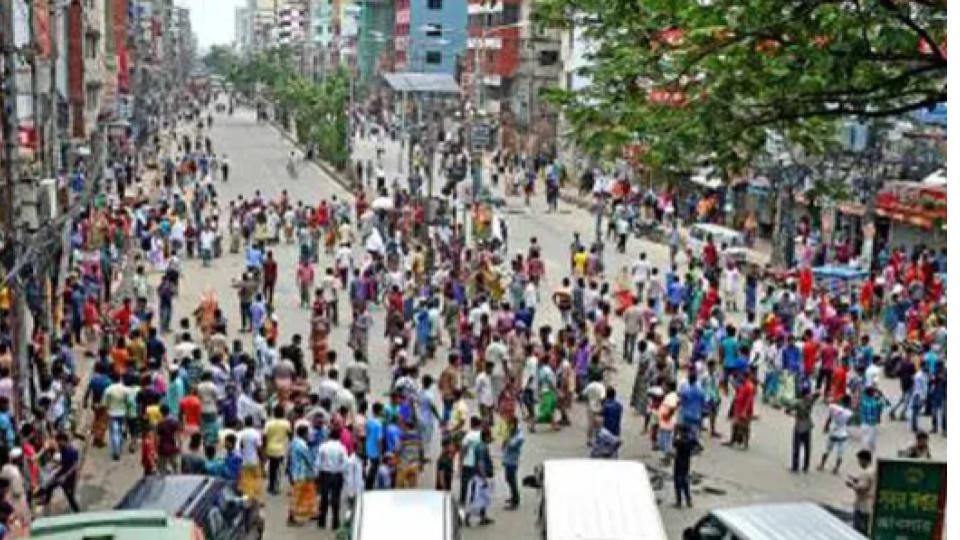





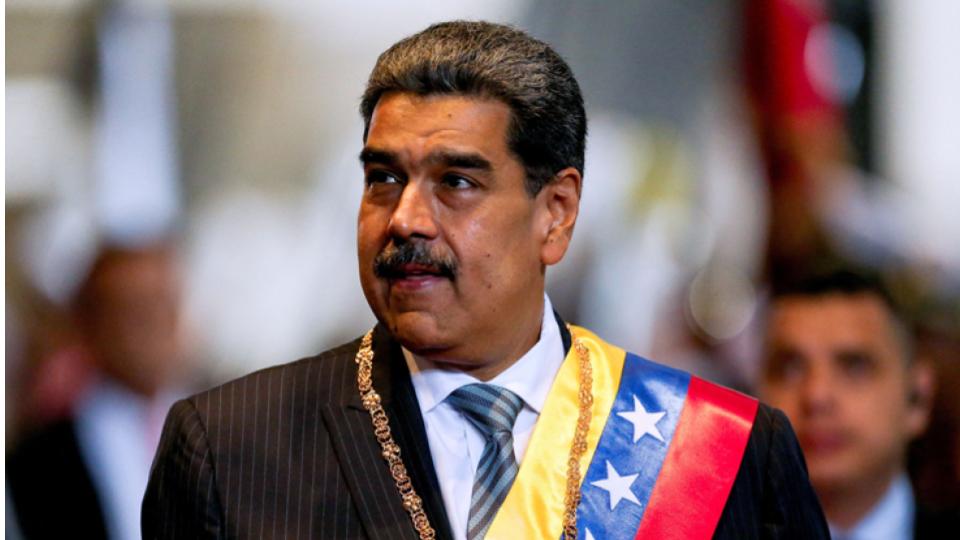




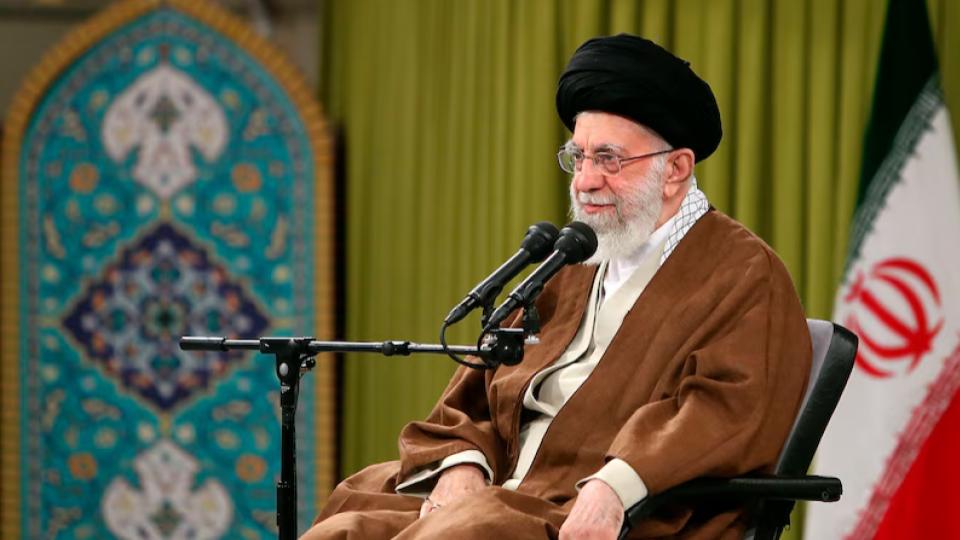

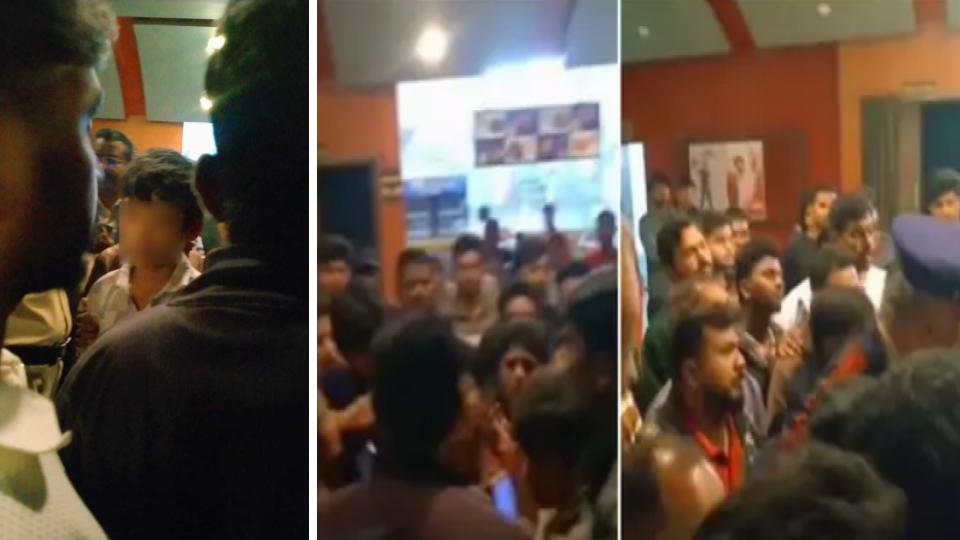






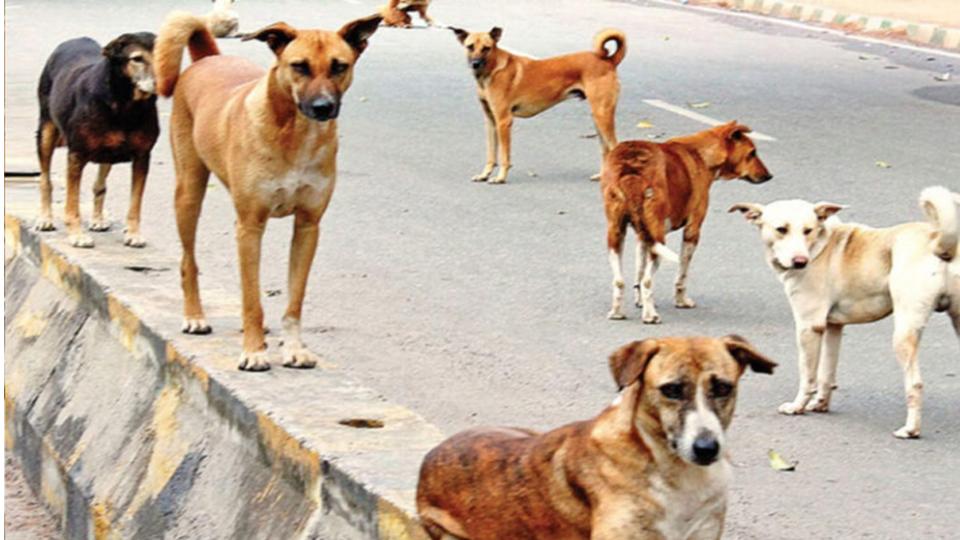
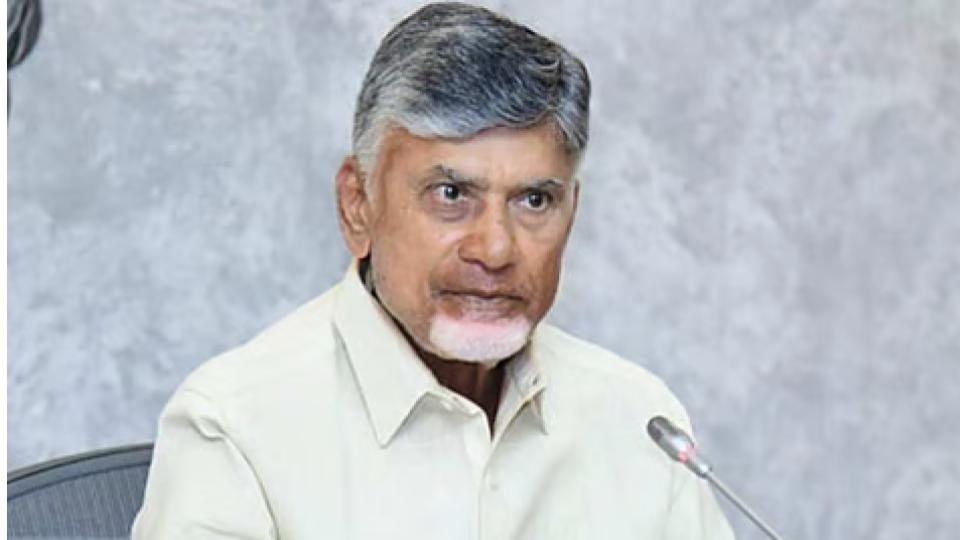

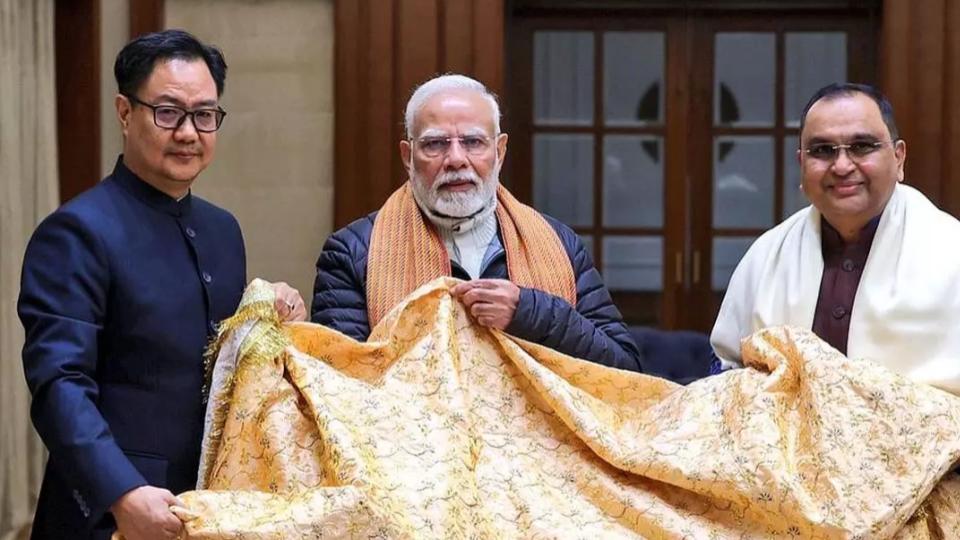












.jpg)
.jpg)
.jpg)


